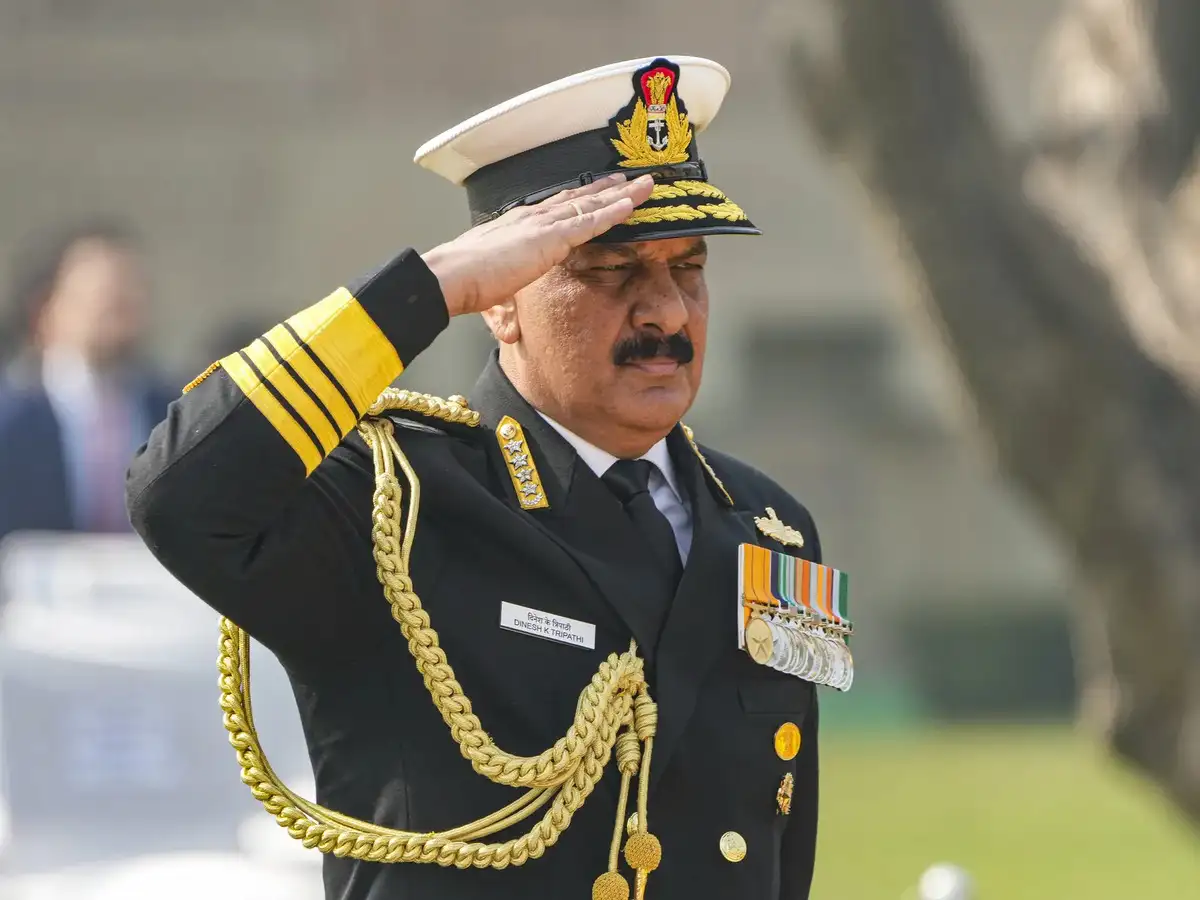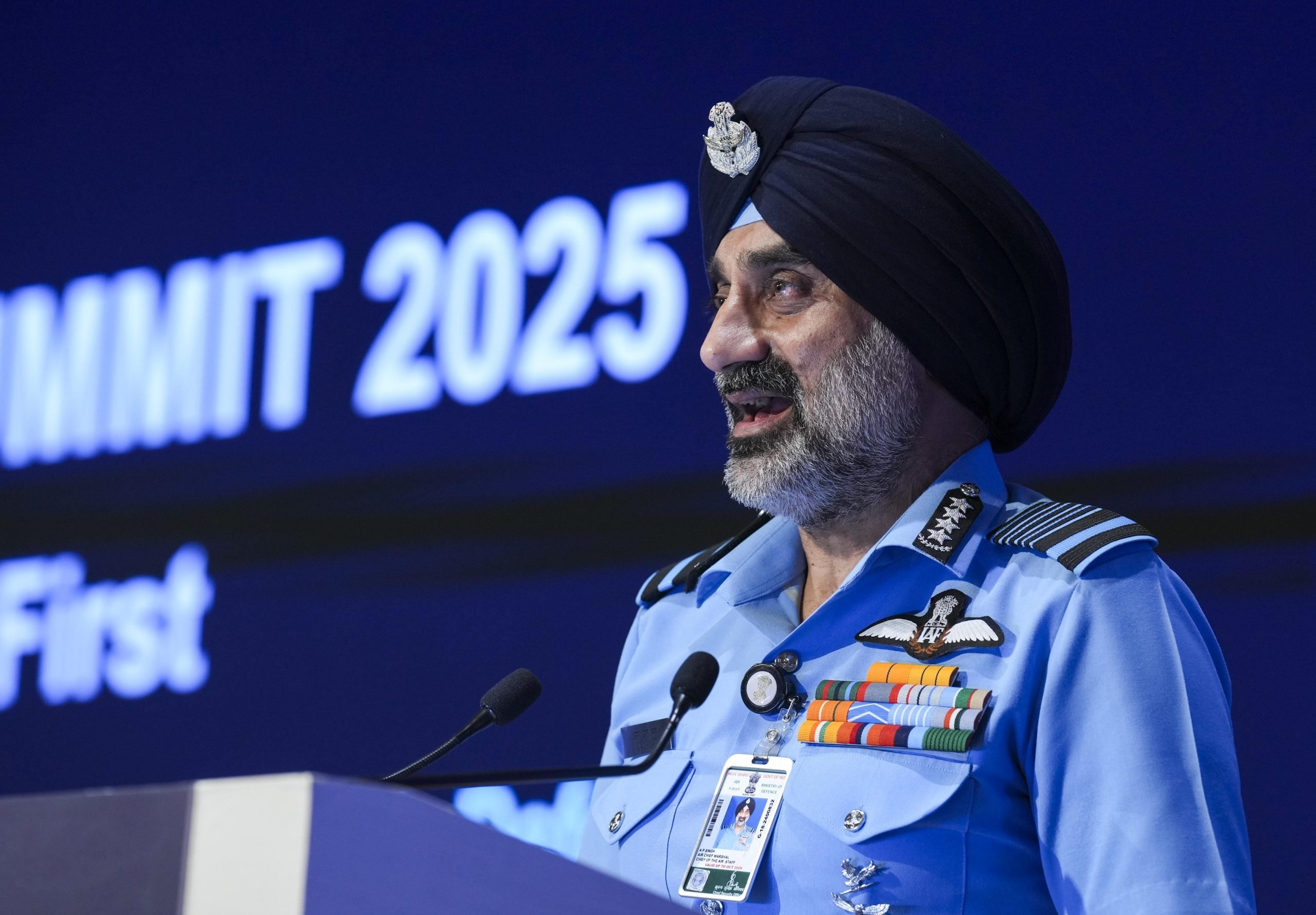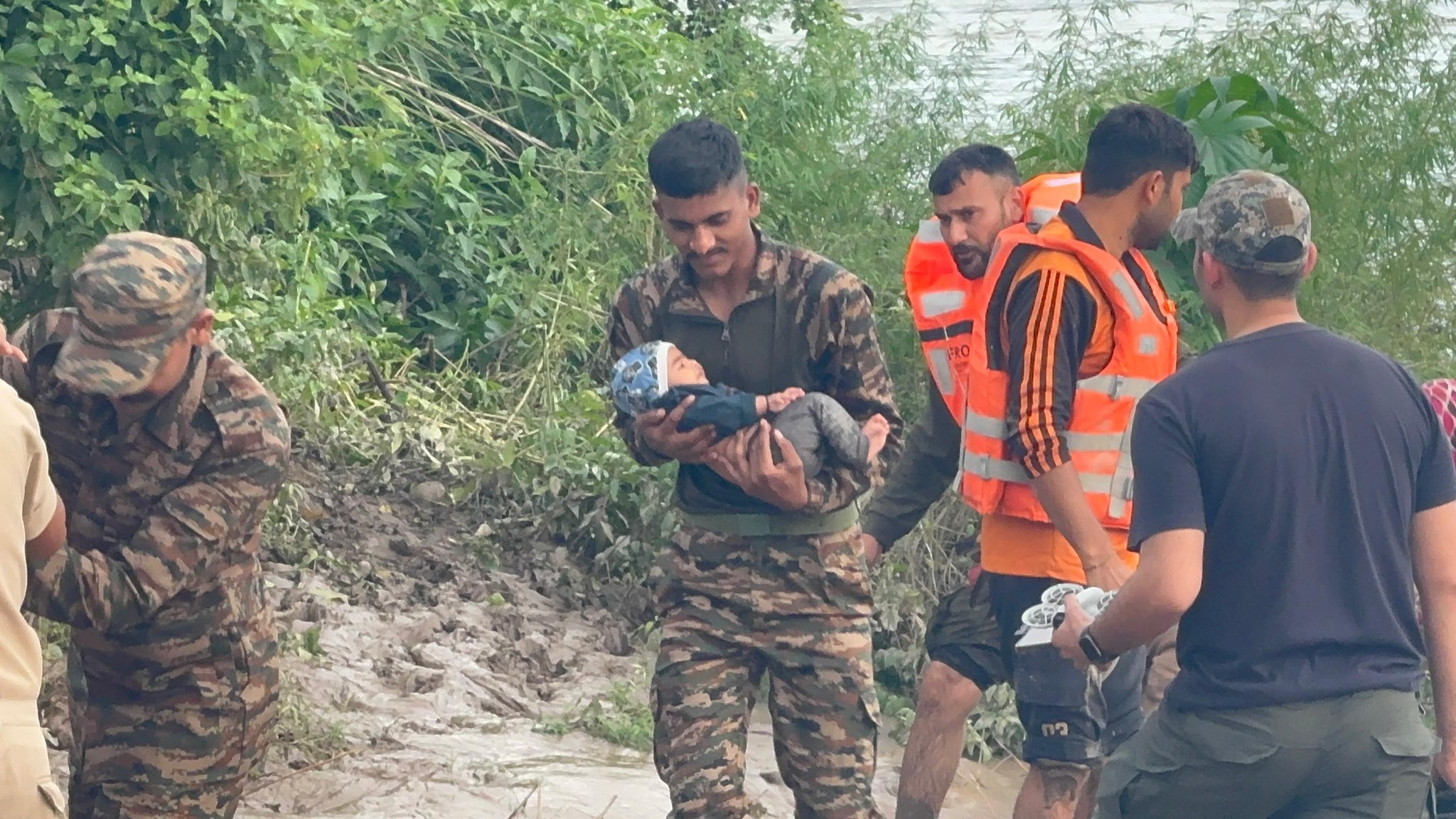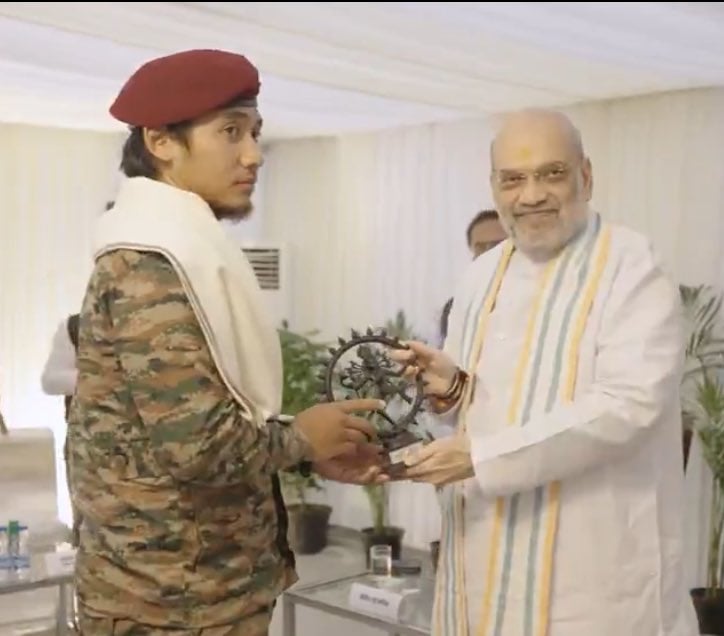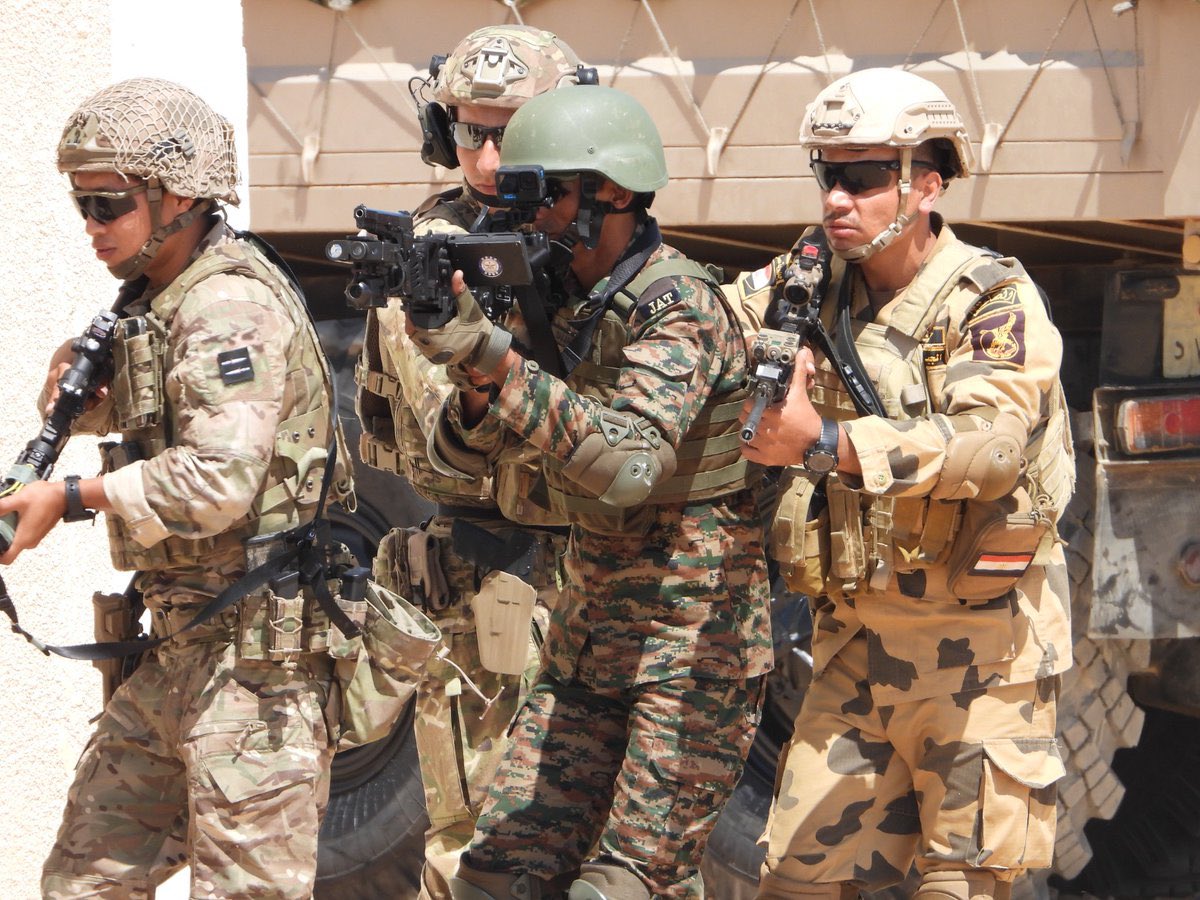Naval Chief Warns Pakistan, Says Navy Ready to Strike First if Needed
Navy Prepared for First Strike if Situation Demands.
IAF Chief Lauds Operation Sindoor’s Jointness, Urges Caution on Theatre Commands
Stepwise Approach Favoured Over Foreign Models.
Indian Army Rescues 24 Civilians from Flood-Hit Balle Da Bagh in Akhnoor
Troops Brave Adverse Conditions to Save Civilians.
Indian Navy to Host Emerging Leaders Panel on Maritime Security with 18 Indian Ocean Nations
Two-day IONS event in Kochi to bring young naval leaders together for dialogue on strategic challenges and cooperation.
Amit Shah Felicitates Security Personnel of ‘Operation Mahadev’, Lauds Their Bravery
Security forces honoured for avenging Pahalgam massacre; Shah says Operation Mahadev brought closure to victims’ families.
Over 700 Indian Armed Forces Personnel to Join Exercise Bright Star 2025 in Egypt
India strengthens defence cooperation and interoperability as over 700 Armed Forces personnel join the multinational ‘Exercise Bright Star 2025’ in…

